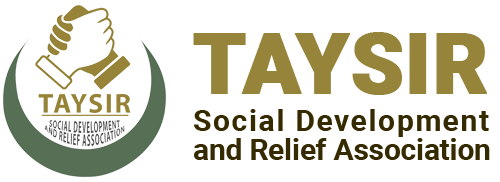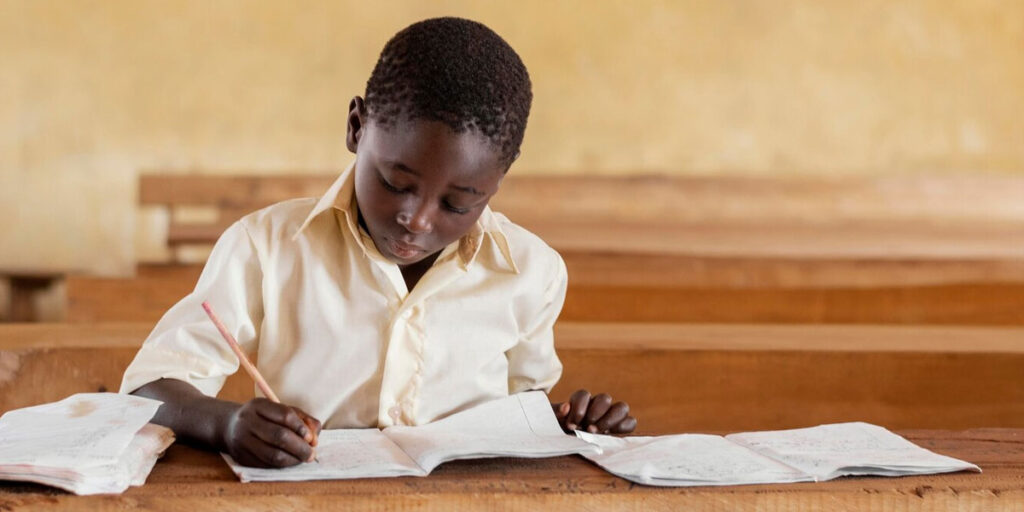Somalia’s education system faces significant challenges, despite ongoing efforts to improve it. Here’s a summary:
Structure:
- Formal education:
- Primary education: 6 years, compulsory, starting at age 6.
- Secondary education: 4 years, divided into lower (2 years) and upper (4 years) secondary.
- Subjects: Primarily in Somali, with English taught as a second language from Grade 2. Core subjects include Arabic, Islamic studies, mathematics, science, social studies, and physical education.
- Informal education:
- Quranic schools (duqsis): Provide basic religious and moral instruction, often the only education option in some areas.
Challenges:
- Limited access:
- High number of out-of-school children: Over 3 million children remain out of school due to poverty, long distances, safety concerns, gender disparity, and lack of resources.
- Unequal access: Opportunities are limited outside major cities, and girls face additional barriers like early marriage and social norms.
- Resource limitations:
- Decades of conflict severely impacted infrastructure and teacher availability.
- Overcrowded classrooms, inadequate facilities, and lack of teaching materials hinder quality education.
Efforts for improvement:
- Government initiatives: Setting education standards, expanding access, and training teachers.
- International aid: USAID, UNICEF, and other organizations support education programs, especially for girls.
Overall, despite the challenges, the Somali education system is undergoing gradual improvement, aiming to provide wider access to quality education for all.

